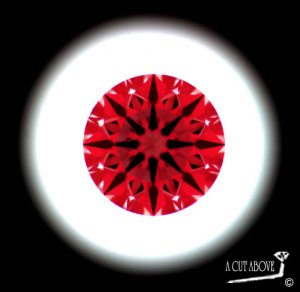dhog
Shiny_Rock
- Joined
- Jan 15, 2006
- Messages
- 159
ACA''S are every bit as good or better than a HOF in my opinion without the price tag
we own 5 and will be adding more to our collection at a later date.
at longer viewing distances the ACA''S look better to me as in alot more
bold flash.
I could be wrong but I think certain polishing techniques make
more facets appear as 1 giving it a larger look and a 3D effect.
cattlemens, staples, office depot, winco, super wally worlds, and many
wine tasting rooms have good lights.
good luck with your ACA
the following is my comparison
https://www.pricescope.com/community/threads/aca-vs-hearts-on-fire-side-by-side-comparison.38689/=
we own 5 and will be adding more to our collection at a later date.
at longer viewing distances the ACA''S look better to me as in alot more
bold flash.
I could be wrong but I think certain polishing techniques make
more facets appear as 1 giving it a larger look and a 3D effect.
cattlemens, staples, office depot, winco, super wally worlds, and many
wine tasting rooms have good lights.
good luck with your ACA
the following is my comparison
https://www.pricescope.com/community/threads/aca-vs-hearts-on-fire-side-by-side-comparison.38689/=












300x240.png)